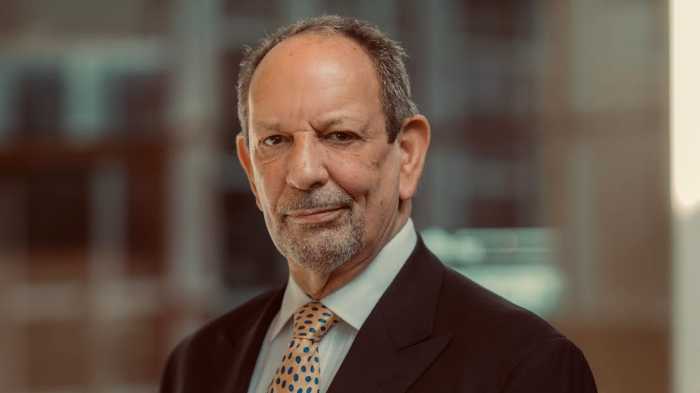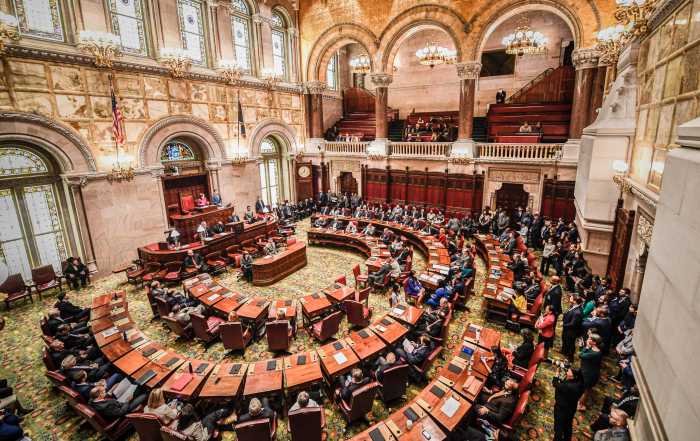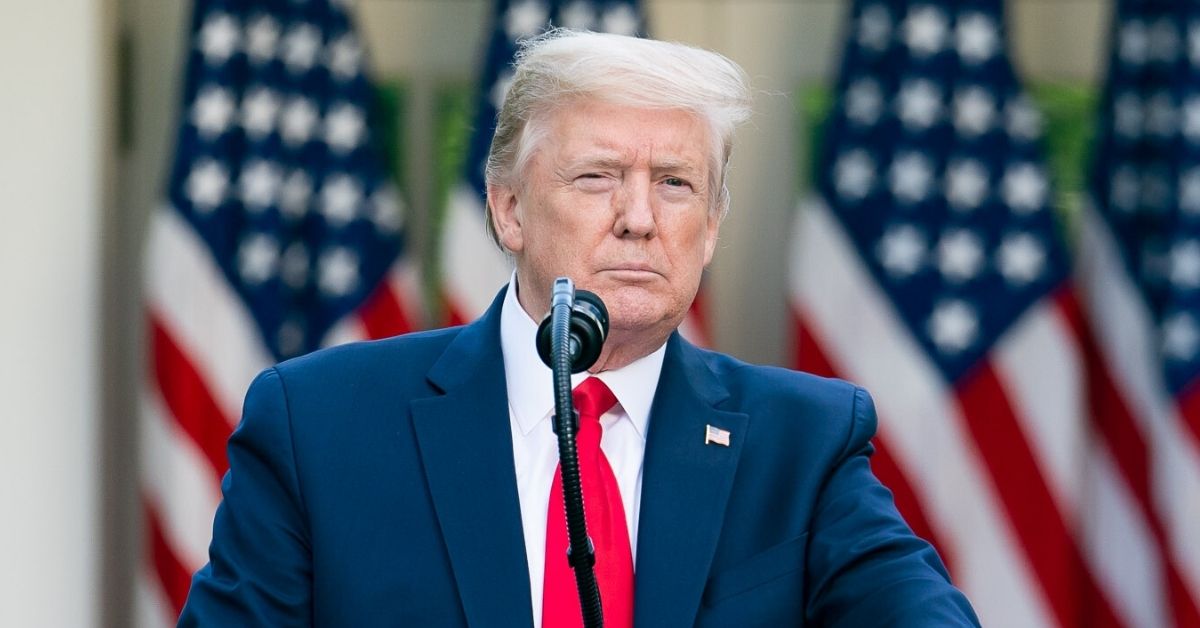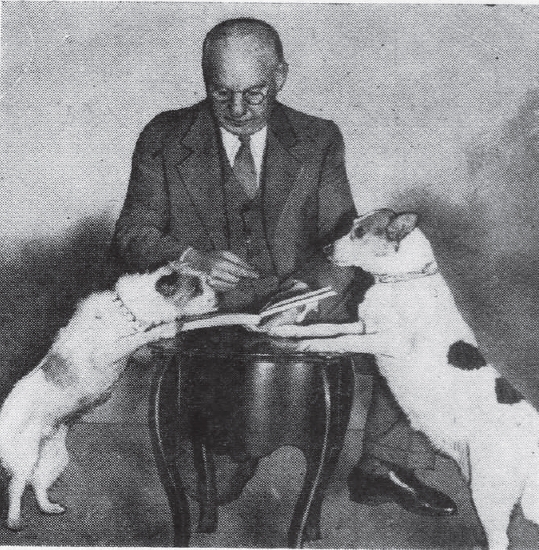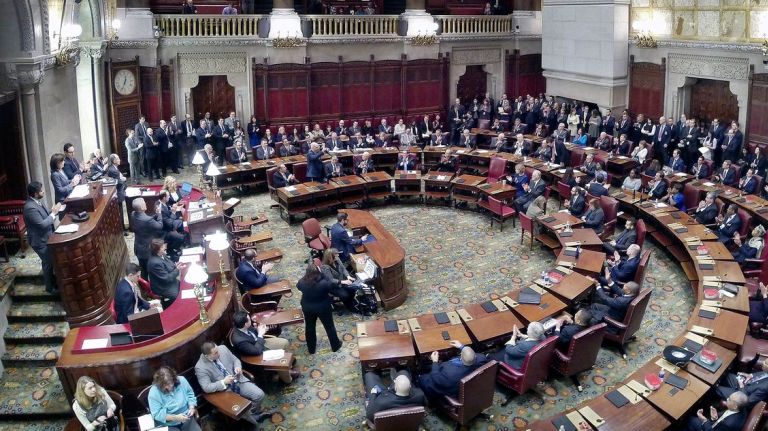
It takes some chutzpah for a high school student to run for office.
That’s exactly what Tahseen Chowdhury of Stuyvesant High School is doing. The 16-year-old junior, a community activist and son of Bangladeshi immigrants, filed paperwork last week to take on State Sen. Jose Peralta whose Queens district includes Jackson Heights and Corona.
But beyond chutzpah, Chowdhury has latched onto a growing cause: according to his campaign, he’s running to show his Queens community the dangers of the Independent Democratic Conference, a benign name for the controversial group of Democrats that empower Senate Republicans.
Why would members elected as Democrats, including those representing liberal NYC districts, ally themselves with their ideological opposites? This was a question that didn’t get much traction for the IDC’s first five years of existence, given the hectic and confusing nature of Albany politics. But after the election of President Donald Trump, activists and mainline Democrats have increased pressure on the breakaway cohort in search of fully Democratic power.
The Democrats who give Republicans control
The IDC began in 2011 with the defection of four Democratic senators. Republicans had just retaken control of the Senate after a brief period of Democratic leadership, only the second one 1965. The defectors argued that they could get practical work done with Republicans after the chaos.
Things had indeed been chaotic when Democrats controlled the State Senate. That time is known for the downfall of Democratic leader Sen. Pedro Espada on federal corruption charges.
Nevertheless, the argument that the IDC was just getting needed concessions from Republicans didn’t hold as well in 2012 when elections established what should have been a slim majority for Democrats. The IDC continued working with Republicans, denying Democrats the majority.
More recently, Democrats are missing the majority due to the combination of the eight-member IDC and State Sen. Simcha Felder of Brooklyn, a Democrat who is caucusing with Republicans.
What difference does it make?
Being the majority party means the party’s leader negotiates the state budget with the governor and the Assembly speaker — the so-called “three men in a room” system. In recent years, Gov. Andrew Cuomo has stuffed plenty of policy into the budget negotiation. That has resulted in liberal wins such as criminal justice reforms and a minimum wage increase for which the IDC takes credit, though mainline Democrats say the reforms could have been passed with the Democratic control that was stolen earlier.
Also, the majority leader decides what bills to bring to the floor. Progressive dreams such as a Medicare-for-all-style universal health care system and LGBTQ protections routinely pass the Democrat-controlled Assembly, but aren’t brought to a vote in the upper chamber where Democrats might corral their own caucus or pressure stray Republicans on contentious issues.
IDC members are quick to point to the current party count in Albany, where both Felder and the IDC would have to rejoin the Democrats to establish Democratic control. In other words, the IDC alone isn’t holding back the progressive utopia.
But Felder has flirted in the past with rejoining the Democrats. In this era of progressive resurgence for Democrats, why not come together and bring Felder back to the fold?
One reason: Recalcitrance pays. Multiple IDC members have far more sway than they might have in the “minority,” and are getting paid stipends in the five-figure range to be committee chairs — jobs that might have otherwise gone to Republicans.
Also, a lack of consistent pressure from other Democrats. Cuomo, who has a former IDC staffer on his press team, benefits from the legislative dysfunction by being able to work as dealmaker between the parties. Other groups such as the Working Families Party haven’t always made the internecine debate a priority.
The times, they are a chagin’
The most recent wave of IDC defections occurred after the presidential election, and town halls for those members were full of still-forming anti-Trump energy. On the eve of a special election to fill a Harlem seat that appears certain to reinforce the same Democratic numbers after a Democrat hopped to a new job, the Working Families Party called this week for the IDC to rejoin Democrats to further a “Resistance Agenda” against Trump.
Even progressive hero and Democratic National Committee deputy chair Rep. Keith Ellison got caught in the hubbub last week when he tweeted a photo of himself with fellow Bernie Sanders delegate and new IDC member Sen. Marisol Alcantara. To many, it seemed like tacit or mistaken support for a Democratic defector. On Monday, Ellison said in a statement “I am willing to do whatever might be helpful to bring together a Democratic majority in the New York State Senate.”
That push for unity may trickle down into forceful primary runs or more pressure as 2018 draws closer. For now, it’s just the young politician Chowdhury, who will have turned 18 and become eligible to hold office or at least make his anti-IDC stand by then.
It appears the kids at least have caught on already.



